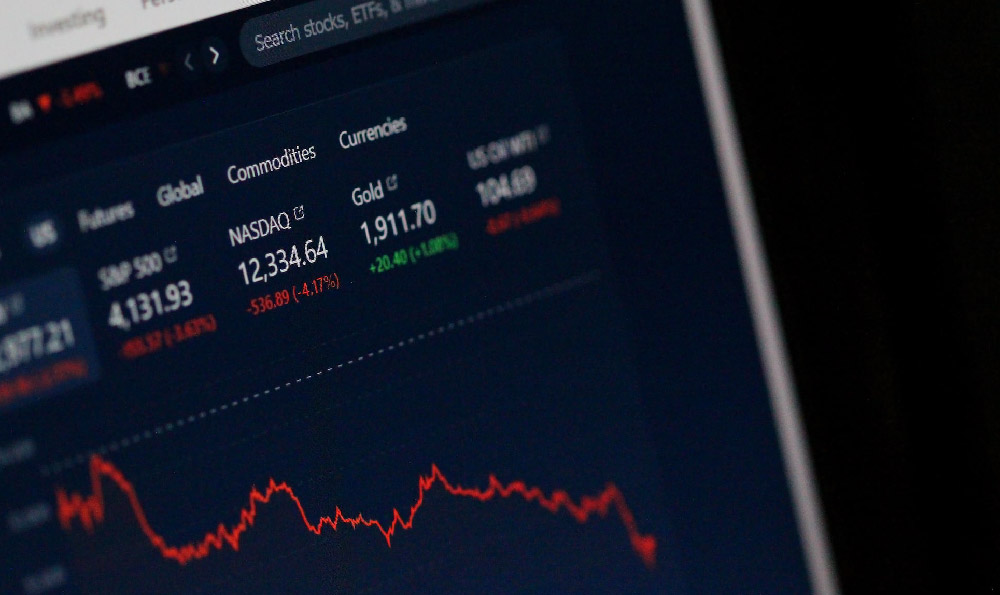Certificates of Deposit (CDs) occupy a unique space in the investment landscape, often perceived as a hybrid between a savings vehicle and an investment. Understanding whether they truly qualify as investments, and critically, weighing their associated risks and rewards, is crucial for informed financial decision-making.
To answer the question directly, yes, CDs can be considered investments. While they don't offer the high-growth potential of stocks or real estate, they provide a relatively safe and predictable way to grow your savings. The defining characteristic of a CD is that you agree to deposit a specific sum of money with a bank or credit union for a predetermined period, ranging from a few months to several years. In return, the institution guarantees a fixed interest rate throughout the term. This fixed rate is what differentiates them from standard savings accounts, which often have variable interest rates that fluctuate with market conditions. The predictability of the interest earned is a significant reason why many view CDs as a conservative investment option.
The rewards associated with CDs are primarily centered around safety and predictability. One of the most significant advantages is the low risk profile. CDs issued by banks and credit unions are typically insured by the Federal Deposit Insurance Corporation (FDIC) or the National Credit Union Administration (NCUA), respectively. This means that your deposits are protected up to $250,000 per depositor, per insured institution. This insurance provides peace of mind knowing that your principal is safe, even if the financial institution were to fail. The fixed interest rate offered by CDs also provides a degree of stability in a volatile market. You know exactly how much interest you will earn over the term of the CD, allowing for more accurate financial planning. This is particularly appealing for individuals approaching retirement or those with a low-risk tolerance. CDs can be an excellent way to preserve capital while generating a modest return. Furthermore, they can be a useful tool for diversifying a portfolio, acting as a counterbalance to more volatile investments like stocks or bonds. By including CDs in your asset allocation, you can reduce the overall risk of your portfolio while still earning a return on your savings.

However, it's imperative to acknowledge the risks associated with CDs. One of the primary drawbacks is the limited liquidity. Once you deposit your money into a CD, you generally cannot access it without incurring a penalty. This penalty can range from several months' worth of interest to a significant percentage of the principal, depending on the terms of the CD and the issuing institution. Therefore, it's crucial to only invest money in a CD that you are confident you won't need access to during the term. Early withdrawal penalties can negate any interest earned, making it a costly decision.
Another significant risk is the potential for inflation to outpace the interest rate. If the inflation rate rises above the CD's interest rate, the real return on your investment will be negative. This means that while you are earning interest, the purchasing power of your money is actually decreasing. This is particularly relevant in periods of rising inflation. To mitigate this risk, it's important to carefully consider the current and expected inflation rates when choosing a CD. Look for CDs with competitive interest rates that are likely to keep pace with inflation. Laddering CDs, where you invest in multiple CDs with staggered maturity dates, can also help to mitigate inflation risk. As each CD matures, you can reinvest the proceeds into a new CD with potentially higher interest rates.
Opportunity cost is another risk factor to consider. While your money is locked up in a CD, you may miss out on other investment opportunities that offer higher returns. For example, the stock market may experience significant growth during the term of your CD. By investing in a CD, you are foregoing the potential to participate in those gains. It's essential to weigh the potential benefits of other investments against the safety and predictability of CDs. This requires a careful assessment of your risk tolerance and investment goals.
Interest rate risk is also present. If interest rates rise after you purchase a CD, you may be locked into a lower rate compared to what is currently available in the market. This means you could be earning less interest than you would if you had waited to purchase a CD at a later date. While you are protected from interest rate fluctuations during the term of your CD, you will be exposed to this risk when it comes time to renew or reinvest. To mitigate this risk, consider shorter-term CDs that allow you to reinvest your money more frequently at potentially higher rates.
Finally, it's important to be aware of the potential for hidden fees or charges. While CDs generally don't have recurring fees, some institutions may charge fees for certain services or transactions. Carefully review the terms and conditions of the CD before investing to understand any potential fees.
In conclusion, CDs are a form of investment offering a blend of safety, predictability, and modest returns. Their low risk profile makes them attractive to conservative investors, especially those seeking to preserve capital. However, they are not without their risks, including limited liquidity, inflation risk, opportunity cost, and interest rate risk. A thorough understanding of these risks and rewards is essential for determining whether CDs are the right investment choice for your individual financial circumstances. Consider your risk tolerance, investment goals, and time horizon when making your decision. Diversifying your portfolio with a mix of asset classes, including CDs, can help to balance risk and reward and achieve your long-term financial objectives. Carefully compare CD rates and terms from different institutions to find the best option for your needs.












